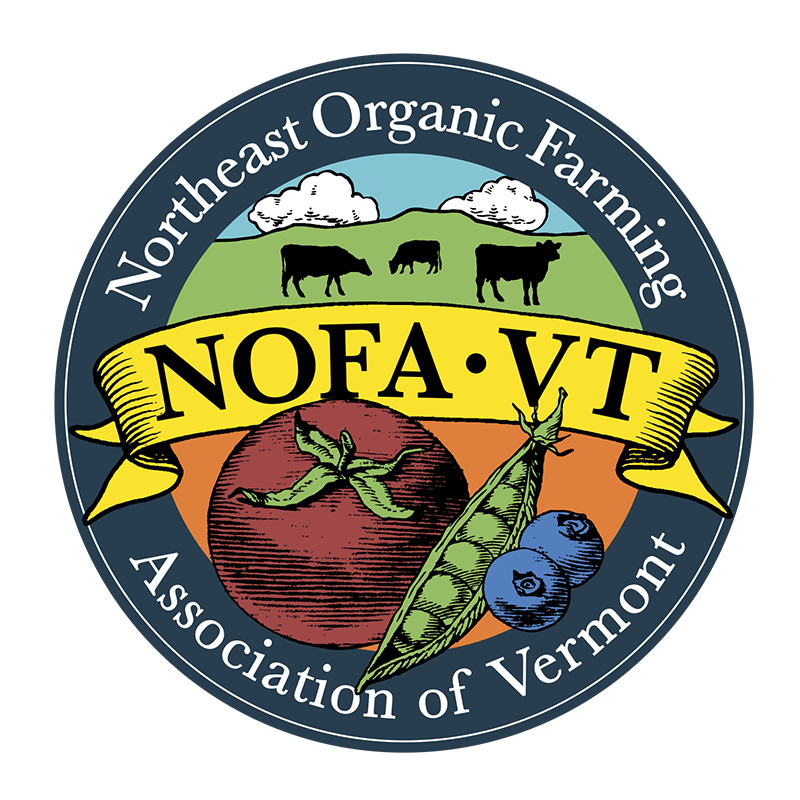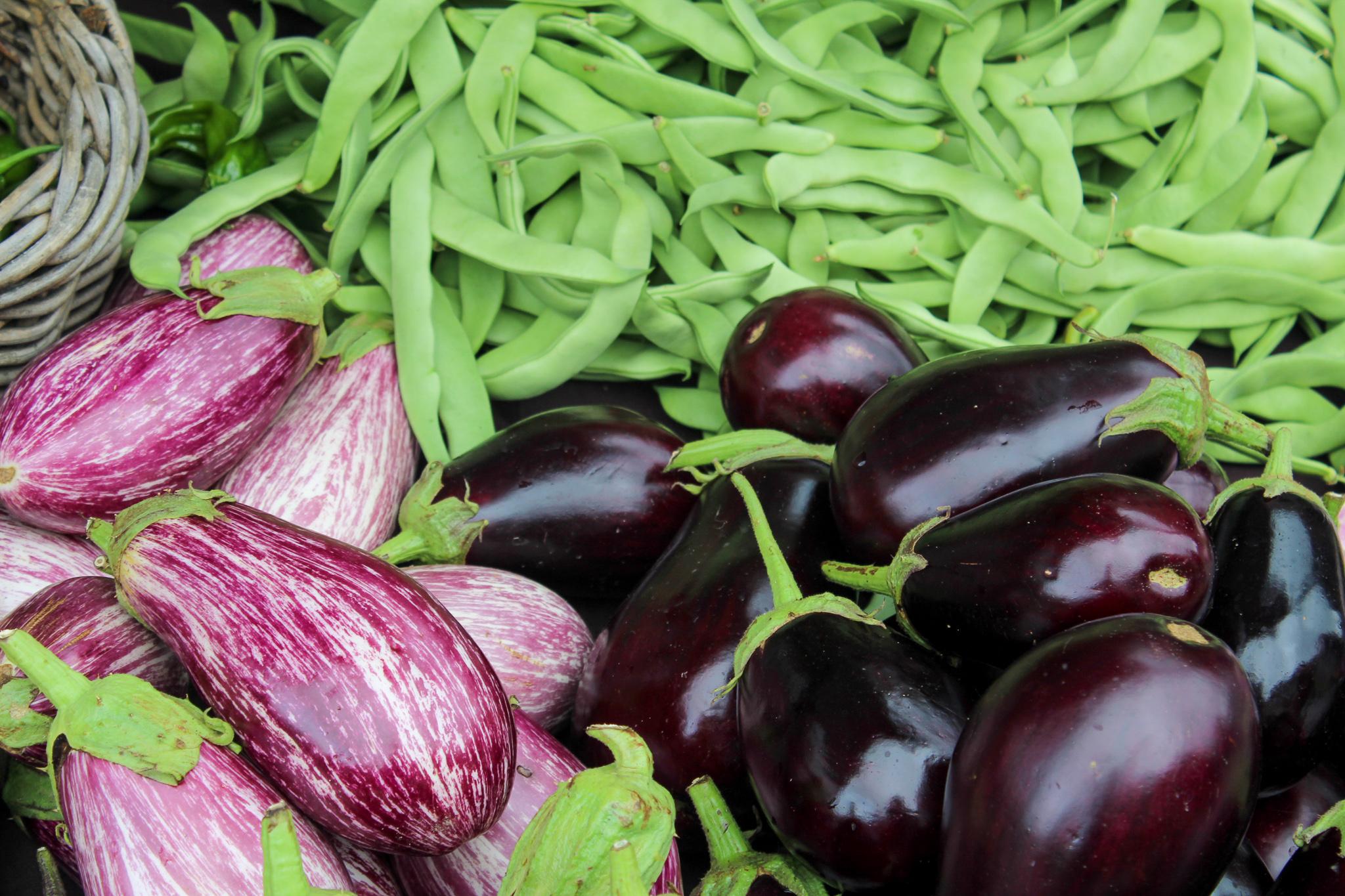Winter has arrived in Vermont, but that doesn’t mean that you can’t buy fresh local food anymore. Many people associate farmers markets with the summer and fall seasons, but here in Vermont, many farmers markets operate year-round. The Vermont Farmers Market Association, which is administered by NOFA-VT, counts over 20 member markets operating across Vermont for at least some portion of the 2023-24 winter season. This is more than in previous years, a good sign that our local food system is resilient after a trying season for many farmers and producers.
Just over a quarter of those markets are what we consider “holiday markets,” operating only in November and December, but the rest will be open throughout the winter until at least March or April, with a few farmers market organizations operating truly year-round. Last year, only half of the 16 winter markets were holiday markets, so there has been a significant increase in markets—and farmers—providing local food to Vermonters for a larger portion of the year. These markets showcase the best local food that you can buy directly from farmers, so if you’re interested in having some cold-season vegetables and finding out from the grower how they’re able to grow them, visit a farmers market! Of course you can also find meat, dairy products, baked goods, and other value-added products at these markets too, along with many different items from local artisans and crafters.
According to a recent NOFA-VT survey of farms that sell food directly to consumers, farmers who are market vendors earn over 17% of their income from farmers market sales. this means that farmers markets are an important sales channel for the farmers who make the effort to sell at them. The USDA's Economic Research Service has found that "farmers who market goods directly to consumers are more likely to remain in business than those who market only through traditional channels." In addition, direct markets can play a critical role for beginning farms. According to USDA's Economic Research Service, "beginning farms with direct-to-consumer (DTC) sales had a 54.3 percent survival rate, while 47.4 percent of those without DTC sales survived."
Typically, winter farmers markets would be utilizing NOFA-VT’s Crop Cash program, which provides SNAP customers with extra funds to spend on fruits and vegetables. However, we experienced unprecedented use of this program during the summer and fall of 2023, ultimately tripling the amount of Crop Cash used on local food at farmers markets this year compared with last! While we see this in part as a huge success—as these funds buoyed revenue for farmers affected by this summer’s floods while significantly increasing local food security—we have had to pause Crop Cash from December until the beginning of the 2024 summer market season. Because it is clear how impactful this program is for Vermont households and producers alike, we are taking this year’s surge in Crop Cash use as an opportunity to communicate to the Vermont Legislature that demand for our local food access programs has increased in great magnitude since the pandemic and that we need both state and federal funds to continue supporting this growth. If you would like to help us make the case to continue the Crop Cash Plus pilot and increase funding so we can continue to operate the Crop Cash program year-round, we invite you to share how important these programs are to your household and/or your farm by sending a statement to NOFA-VT’s Local Foods Access Coordinator, Johanna Doren, at [email protected].
To find a winter farmers market near you, including times and locations, visit www.nofavt.org/VTfarmersmarkets or reach out to NOFA-VT’s Farmers Market Specialist, Andrew Graham, at [email protected] or 802-419-0029.

